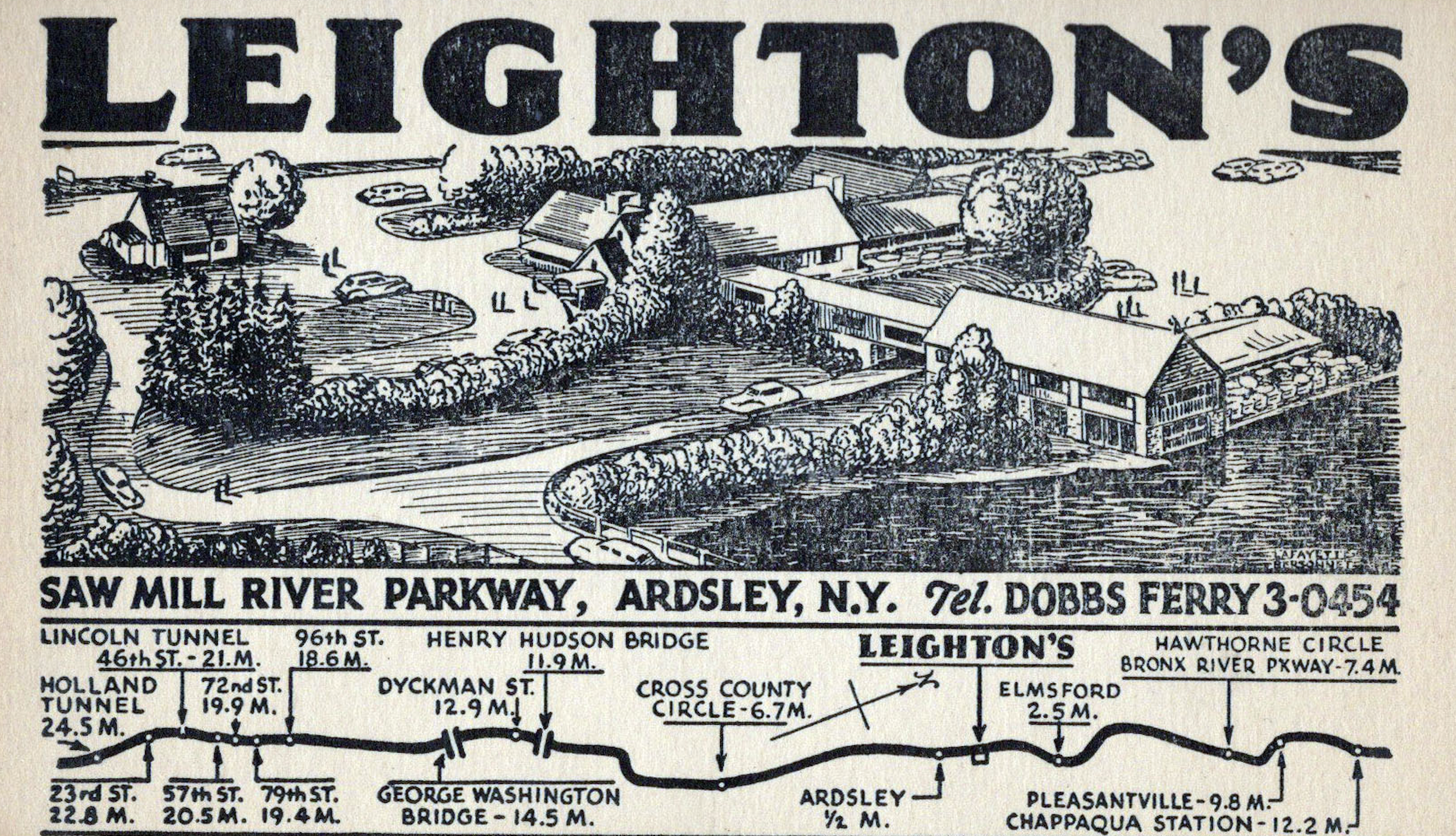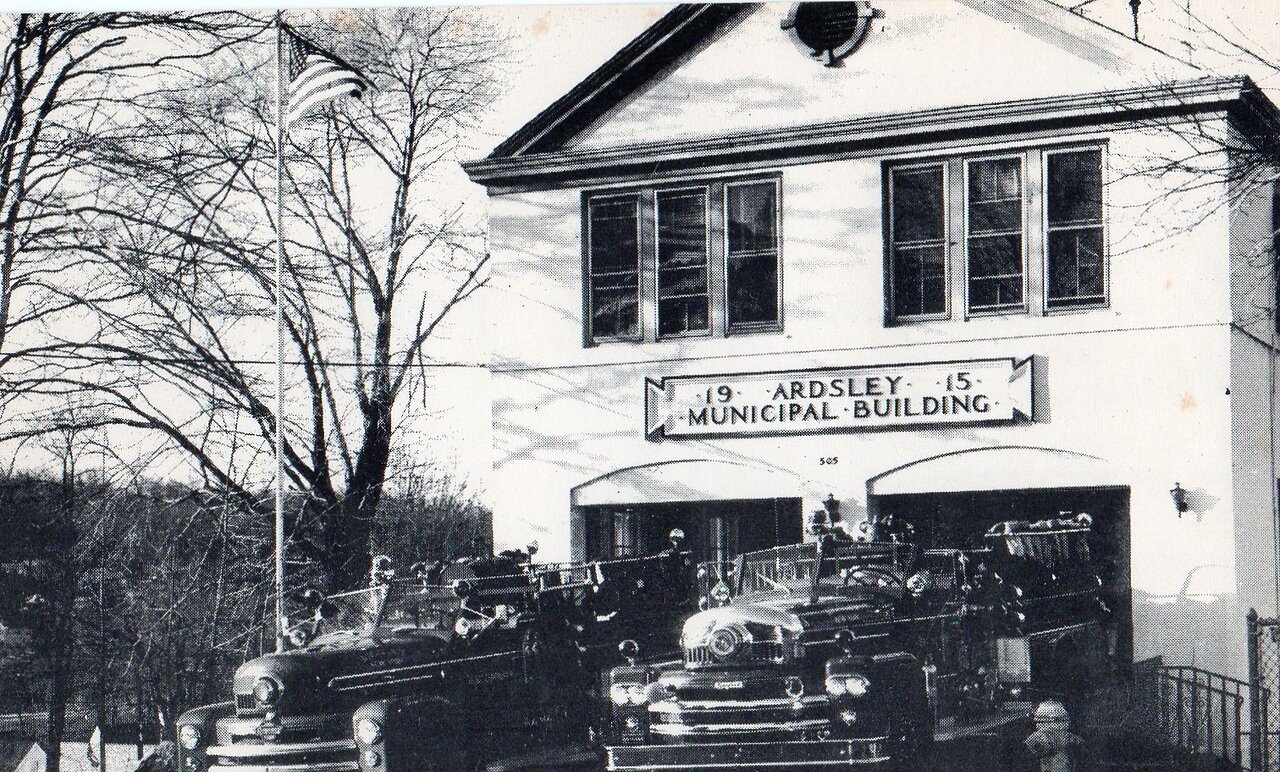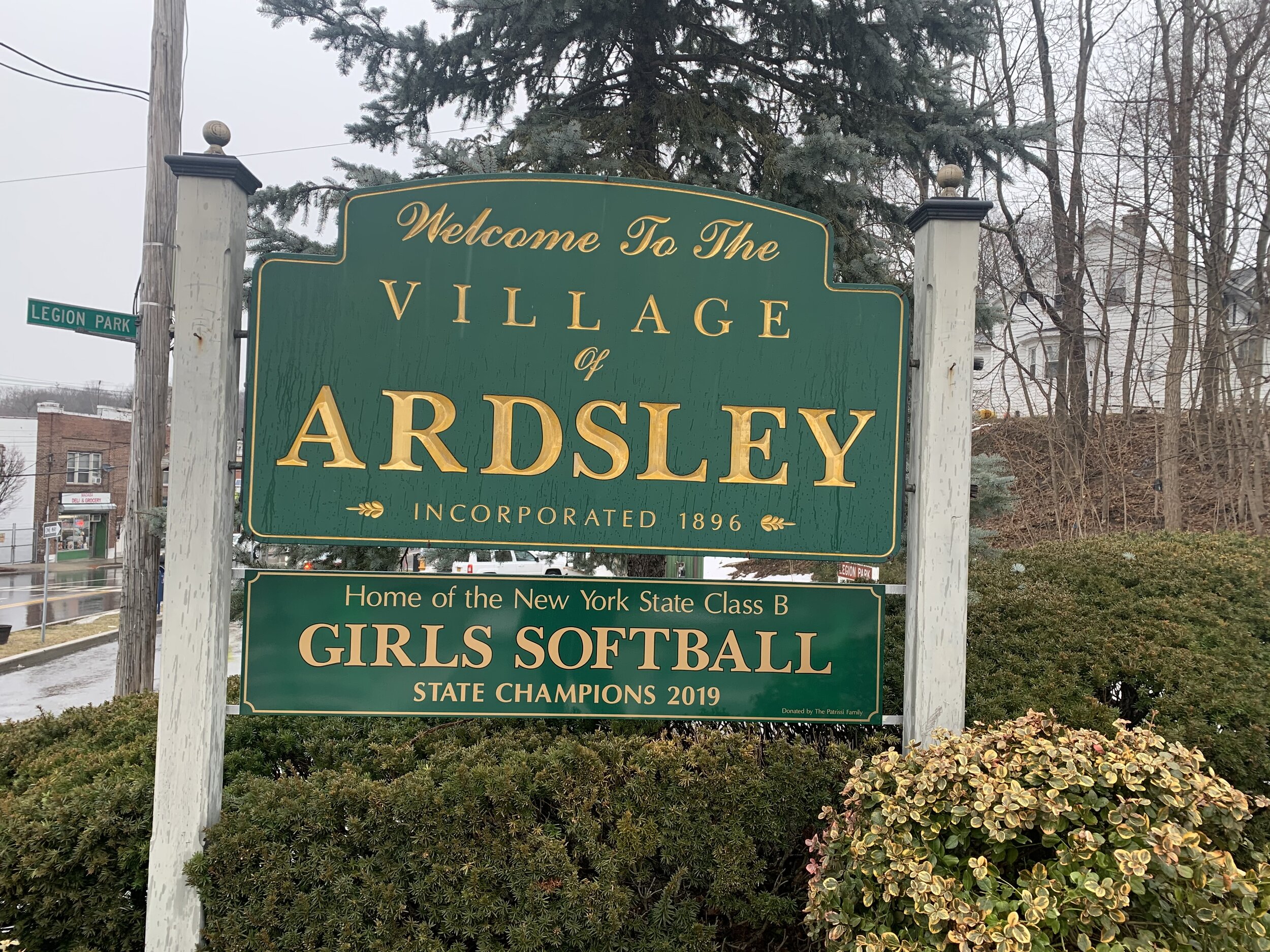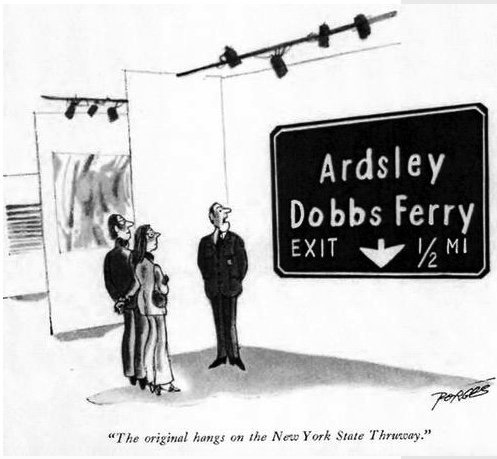Discover the Rich History of Ardsley
One Square Mile, An Abundance of Local History
“The more you know about the past, the better you are prepared for the future” — Theodore Roosevelt (1858-1919) [1]
Why study local history? British archeologist and writer Jacquetta Hawkes (1910-1996) may have supplied the best answer in observing, “There is no human being…who is not stirred by the places of [their] childhood.” Who has not experienced the “uprising of love” when returning to see a room, a tree, a bend in the road, the old schoolyard, or a former playground? [2]
At the height of their dazzling rise from obscurity to global acclaim, The Beatles, in elegiac songs such as “In My Life,” “Penny Lane,” and “Strawberry Fields Forever,” harkened back to what Hawkes describes as “those things that provide an intimacy unlike anything shared by the scenes or possessions of adult life.” As she further reflected, “There is a corresponding pang, a sense of utter loss, if the early home is destroyed or its familiar surroundings completely changed.” Not surprisingly, one of the most covered popular songs of all time is The Beatles’ “Yesterday.”
Initially known as Saw Mill River Corners, then Ashford after the English birthplace of local pickle farmer Capt. John King, and anecdotally called “Ardsley-on-Putnam” for the Putnam Division rail line that began servicing the then largely rural community in 1881, the Village of Ardsley was incorporated in 1896. [3] Ardsley has always had a sense of history. Its first chronology (“Historical Sketch of Ardsley”) was written by Rev. Eli Quick in 1903. Subsequently, Ardsley Renaissance man Arthur W. Silliman (1896-1980), who headed the Ardsley schools from 1922-1958, edited a superb three-volume history of Ardsley completed in 1976, our nation’s bicentennial year. [4]
American history runs deep in Ardsley. Farm Road (the current site of Ardsley High School) was the communication route in 1781 between the nearby Odell House (the Comte de Rochambeau's headquarters for the French troops allied with the American Continental Army) and General George Washington's headquarters at Joseph Appleby’s farm off Secor Road during the Philipsburgh encampment (the longest of the Revolutionary War). [5] Alexander Hamilton’s light infantry (which trained at the present site of Concord Road Elementary School) was highly effective against the British Army at Yorktown, Virginia, where the Continental Army’s victory in the American Revolutionary War was secured. Ardsley’s Alexander Hamilton Avenue and Concord and Revere roads reflect this Revolutionary-era heritage. [6]
In conjunction with Ardsley’s selection to carry the American Revolution Bicentennial flag during the festivities held in White Plains in 1976, twenty-five members and friends of The Captain Honeywell Garden Club sewed a quilt with 24 historical sites in Ardsley which they dedicated to Silliman. [7] Silliman, in turn, encouraged these local history enthusiasts to create a historical society for Ardsley. Stirred to final action by the upcoming Westchester County Tricentennial (1683-1983), in 1982, the Ardsley Historical Society was born. For nearly 40 years, it has illuminated Ardsley’s social, cultural, and architectural past so its residents may measure its progress and development. Past was truly prologue. [8]
Although the original Village of Ardsley was only one square mile, this small region of Westchester County has generated a treasure trove of historic artifacts. These include the Weckquaesgeek relics collected by Rev. W. R. Blackie (1870-1946) on Adolph Lewisohn’s 356-acre Ardsley estate, where Lewisohn (1849-1938) created world renowned gardens on the grounds of his 40 room mansion — a regular meeting place for his philanthropic endeavors including his national role in the early 20th century prison reform movement [9]; the military memorabilia displayed in our American Legion Post #458 Museum; and the mementos from Ardsley’s era of train service on the “Old Put” (now the South County Trailway) which linked Ardsley to New York City and the Saw Mill River and Putnam valleys for over seventy-five years.
Ardsley’s loss of the “Old Put” in 1958 is ruefully captured in a 10-stanza poem, entitled “Last Train From Sedgwick,” written by banker and Ardsley commuter A.J. Meuser for his son Walter. It, along with a rare color photograph by railroad historian J. W. Swanberg of the last run of the “Old Put” can be found under our Archives link.
Ardsley’s vibrant, inclusive, and tight-knit community exists due to the legacies of an eclectic group of well-known and little-known figures whose lives are chronicled in our oral histories, our newsletters, our monuments, our videos, and the complete collection of Ardsley High School yearbooks in our archives. They include the stories of the 14 Ardsley School District students who made the supreme sacrifice during World War II (memorialized on the Wall of Honor in Pascone Park) and volunteer fireman, former acting Village Justice, and Ardsley Little League coach William Pohlmann who perished on 9/11. He is honored at downtown Ardsley’s Firefighters Park which also pays tribute to the members of Ardsley’s Volunteer Fire Engine Company No. 1 which was formed in 1896.
Any survey of Ardsley’s history will reveal the sturdy presence of its women leading the way from aiding the victims of the Great Fire of 1914, forming Westchester’s first fair housing committee, protecting the environment, promoting the establishment of a public library, and, of course, establishing the Ardsley Historical Society.
Undoubtedly, all of these individuals inspired this century’s Ardsleyans to reach new levels of community service during the parlous period of the coronavirus pandemic such as Ardsley High School Junior Joyce Lu who was honored in 2021 with a WOW (Women of Westchester) award for her extraordinary efforts in leading a team of female classmates to create hundreds of masks. [10]
So why preserve Ardsley’s history? Because Ardsley’s history is your history. “The past is an inheritance, a gift and a burden. It can’t be shirked. You carry it everywhere. There’s nothing for it but to get to know it.” [11] Preserving an awareness of Ardsley’s rich history is indispensable to maintaining its robust community identity. Finally, while the Ardsley Historical Society reveres the past, it is not stuck in it. In addition to performing the everyday work of a local historical society — responding to inquires about former Ardsley residents, publishing The Beacon, presenting public programs on local and American history, and recording oral history interviews, we have undertaken new initiatives to digitize our historic newspapers, move our extensive archives online, and enable our nearly four decades of archived newsletters to be fully searchable. We invite you to support our efforts to illuminate and conserve Ardsley’s heritage for the next generation of Ardsleyans by becoming a member of the Ardsley Historical Society today.
Endnotes
[1] Commencement Address, Harvard University (June 28, 1905)
[2] A Guide to the Prehistoric and Roman Monuments in England and Wales, First Published in Great Britain (1951) reissued in 1978 (Abacus edition), p. 31.
[3] Ardsley itself is named for the English ancestral home of Cyrus W. Field who laid the transatlantic cable and aided Ardsley in obtaining a post office. As an Ashford post office existed, the name Ardsley was chosen.
[4] In 2020, the Ardsley Historical Society digitalized this outstanding work of local history which is linked on the website’s “Books on Ardsley History” page.
[5] The location of Washington’s 1781 encampment headquarters in Ardsley was established by Ardsleyan James Owen (1877-1932) in his posthumous article appearing in the July 1932 Quarterly Bulletin of the Westchester Historical Society which is contained in our Maps section and appears courtesy of the Westchester County Historical Society and the Westchester County Archives.
[6] The Philipsburgh Encampment in Ardsley is discussed in Dr. Robert Selig’s Historical Overview and Resource Report linked on our Digital Archives page.
[7] The Captain Honeywell House (133 Heatherdell), the oldest building in Ardsley, was once part of J.P. Morgan’s estate. It was later owned by broadcast pioneer Irene Beasley (1904-1980). Beasley subsequently became a local realtor and developed Agnes Circle (named for her sister) and Windsong Road (collectively known as Mockingbird Hill) which was so named for the state bird of Beasley’s native Tennessee. While living in Ardsley, she wrote a memoir now held in the Society’s archives. Ms. Beasley’s biography and her lasting impact on Ardsley is discussed in the Historical Society’s Spring 2020 newsletter (now The Beacon) which is archived on this website. A watercolor of The Captain Honeywell House which Beasley renamed “Winding” painted by her brother-in-law (Agnes’s husband) as a housewarming gift appears below.
[8] This quote from Shakespeare’s The Tempest (Act 2, Scene 1) is engraved on the National Archives Building in Washington, DC.
[9] A rare Native American bird stone found in Ardsley by Rev. Blackie and likely carved 2500 - 6000 years ago (now in the Smithsonian’s National Museum of the American Indian in Washington DC) is depicted below. It will discussed in the forthcoming Part 2 off the W.R. Blackie Collection section of this website. Lewisohn authored an opinion piece on prison reform in The New York Times Magazine (October 1, 1916), advocating for education and training of prisoners — not only punishment.
[10] Teenage stitchers make hundreds of masks for neighbors (Rivertowns Enterprise, April 24, 2020)
[11] Lepore, Jill. These Truths: A History of the United States., 2018. Print.
Volunteer
The Ardsley Historical Society is run by a dedicated Board of Directors. Please consider joining us as a board member, volunteering to help us inventory and maintain our archives or contributing to The Beacon.
Gallery
A changing gallery of past and present pictures and artifacts celebrating Ardsley and its School District.
Research
The Ardsley Historical Society welcomes residents, scholars, students and historians to utilize our archives for research.























